NASCOD is a national association designed for and run by leaders of crisis service organizations and represents a network where members can support one another.
NASCOD’s mission is to provide support, resources, and professional development for leaders and emerging leaders in the crisis service community. We strive to be an independent national voice that advocates for the profession.

The Value of NASCOD
NASCOD is the only national association specifically designed for and run by directors and managers of Crisis Organizations.
It is a unique resource, a network through which members can support one another, can build their management skills and can provide an independent “national voice” for the profession.
NASCOD is broadly inclusive of the field.
NASCOD is open to leaders in crisis services of all sizes and configurations that provide care across the crisis continuum. That breadth enables extensive communication and learning across the field, rather than within narrower silos.
NASCOD is a national voice for its members.
NASCOD is the conduit for leaders in crisis organizations to maximize their collective impact on the issues that are most critical to them, to define their shared response and to speak together to other national associations, public sector agencies and funders.

NASCOD offers professional and personal support to its members.
NASCOD is a network- it is designed to draw on the strengths of its members and to serve as a vehicle through which they can support one another. It provides a neutral forum for its members, allowing them to focus on their own professional development. In a rapidly changing and challenging environment, it is critical that professionals have the opportunity to openly seek the support of peers in the safe, confidential environment that NASCOD provides.
NASCOD is committed to Diversity, Equity, Inclusion and Belonging
NASCOD seeks to represent the communities we serve by actively encouraging membership and board representation across a wide demographic spectrum, including lived experience, religion, gender expression/gender identity, race/ethnicity, sexual orientation, geographic service area, (dis)ability, career/professional tenure, and generation/age.
